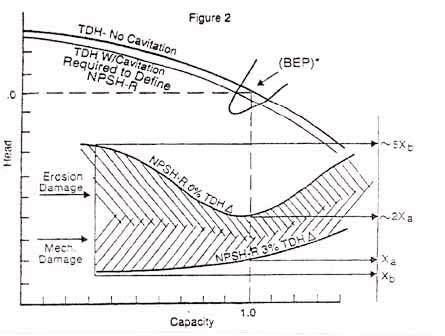maatoug
Mechanical
- Feb 5, 2020
- 14
hello hope you are doing well
about the margin between NPSH disponible and NPSH required in centrifugal pump ,
with
design pressure 11 barg
design temperature 90
RPM 1200
process fluid water with traces of co2 and condensate
discharge pressure 4 barg
NPSH margin is 0.5 m , is it enough ?
about the margin between NPSH disponible and NPSH required in centrifugal pump ,
with
design pressure 11 barg
design temperature 90
RPM 1200
process fluid water with traces of co2 and condensate
discharge pressure 4 barg
NPSH margin is 0.5 m , is it enough ?

